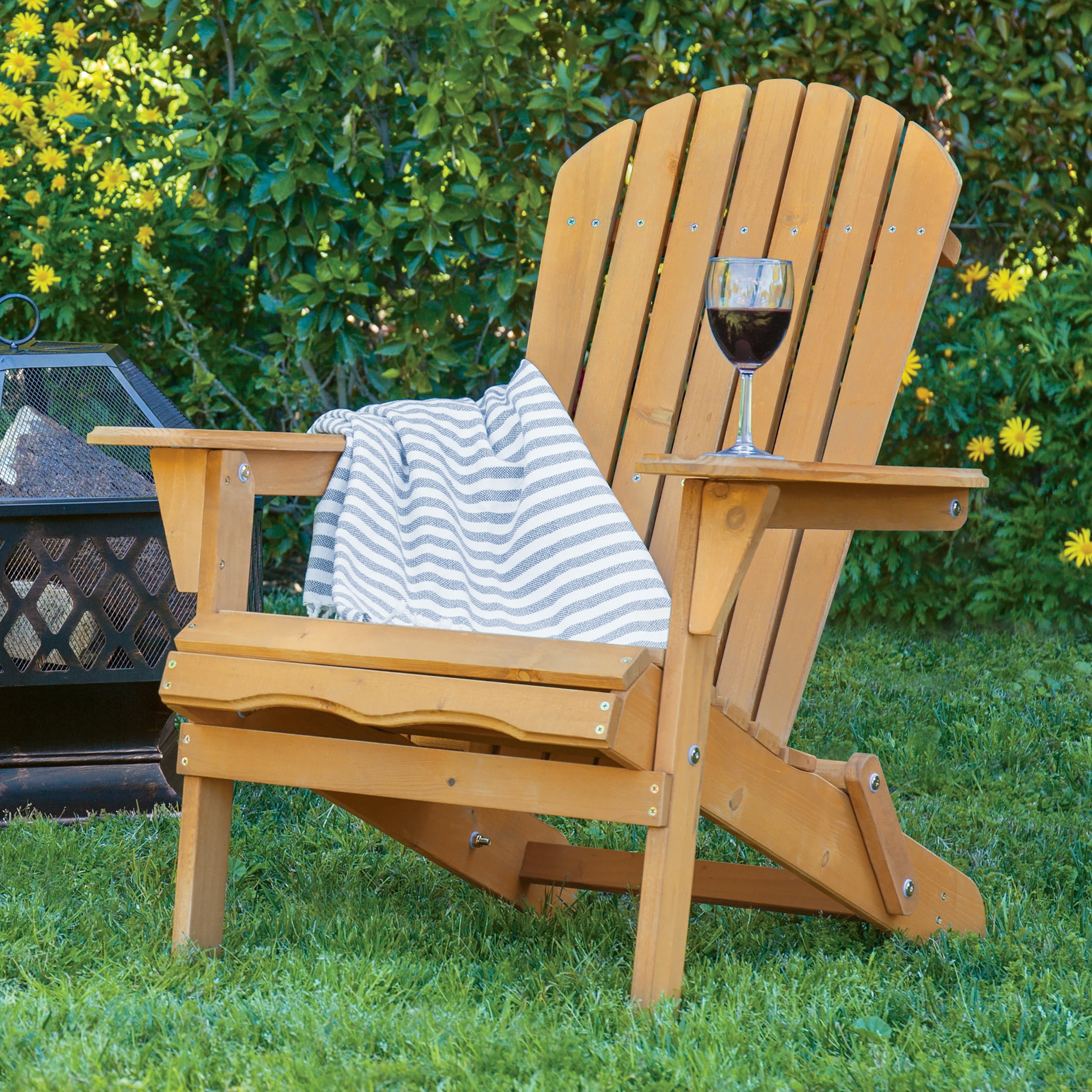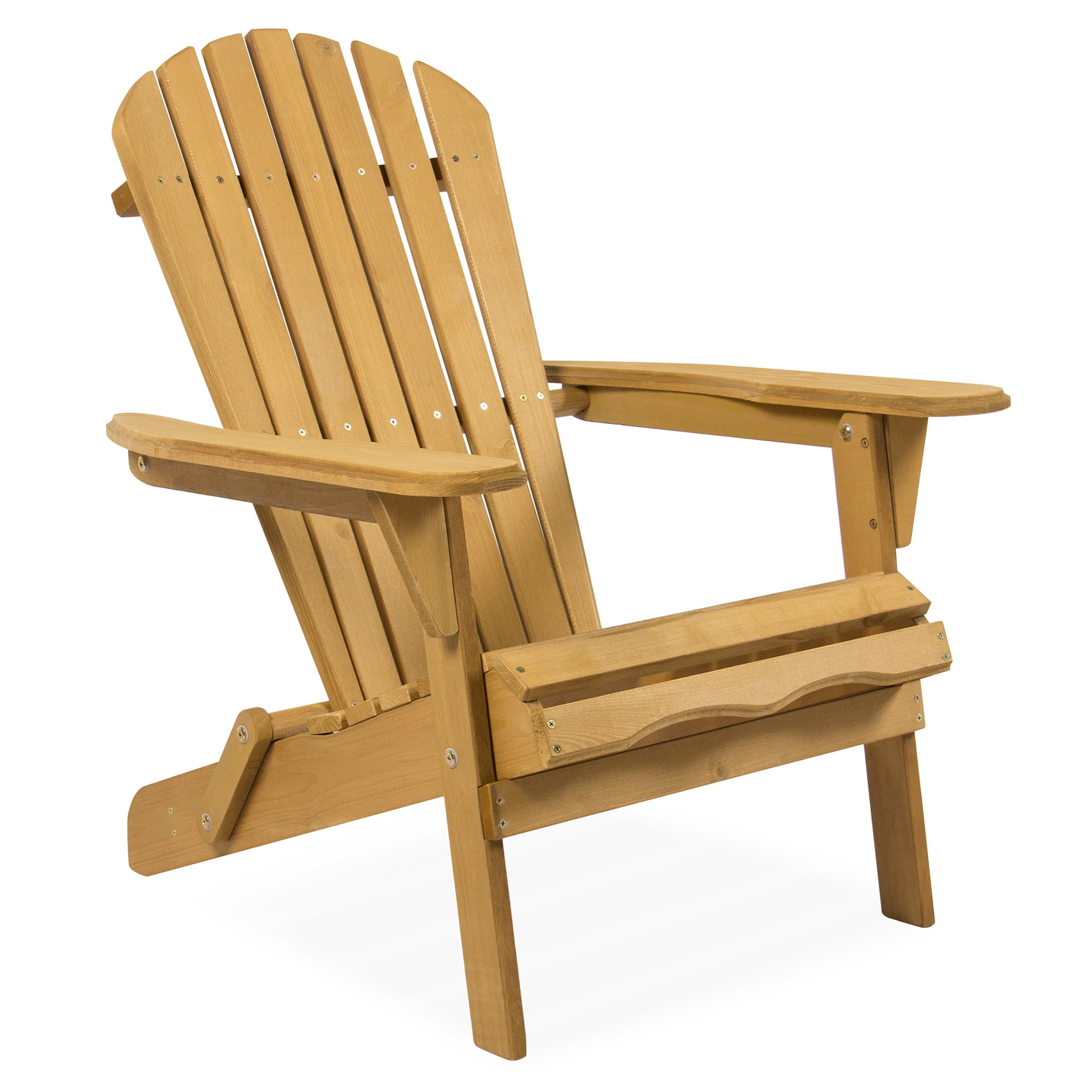The History and Evolution of the Wooden Steamer Deck Chair

The wooden steamer deck chair, a ubiquitous fixture on ocean liners and cruise ships during the golden age of travel, boasts a rich history intertwined with the development of maritime transportation. Its evolution reflects changing tastes, technological advancements, and the evolving needs of passengers seeking comfort and leisure at sea.
Early Designs and Origins
The origins of the steamer deck chair can be traced back to the 19th century, coinciding with the rise of steamships and the growing popularity of transatlantic voyages. Early designs were often simple and functional, consisting of a wooden frame with a canvas or leather seat and backrest. These chairs were typically designed for portability and could be easily folded and stored when not in use. A notable example is the “Camp Chair,” a foldable chair with a canvas seat and backrest, popularized in the mid-19th century.
The Role of Materials and Construction Techniques
The development of the steamer deck chair was closely tied to advancements in materials and construction techniques. The use of durable hardwoods, such as teak and mahogany, ensured the chairs could withstand the harsh maritime environment. These woods also contributed to the chair’s aesthetic appeal, giving them a classic and timeless look. The introduction of metal components, such as hinges and brackets, enhanced the chair’s strength and durability.
The Evolution of Design
As steamship travel became more luxurious, the design of steamer deck chairs evolved to reflect the changing tastes of passengers. Chairs became more elaborate, featuring intricate carvings, padded cushions, and adjustable backrests. The introduction of folding mechanisms allowed for greater compactness and ease of storage.
Historical Anecdotes and Stories
The steamer deck chair played a prominent role in the lives of passengers on transatlantic voyages. It was a place to relax, socialize, and enjoy the ocean views. These chairs were often used for leisurely activities such as reading, writing, or simply enjoying the fresh sea air.
“The deck chair was a symbol of luxury and leisure, a place where passengers could escape the confines of the ship and enjoy the open air.”
Steamer deck chairs have also been featured in literature and film, capturing the romanticism and nostalgia associated with ocean travel. In Agatha Christie’s novel “Murder on the Orient Express,” a character is found dead in a steamer deck chair, adding a touch of intrigue to the setting.
The Design and Features of Wooden Steamer Deck Chairs

The wooden steamer deck chair, a quintessential symbol of leisure and travel during the golden age of ocean liners, was meticulously crafted to provide comfort and functionality. These chairs, often seen gracing the decks of transatlantic vessels, were designed to withstand the rigors of the sea and offer passengers a relaxing respite.
The Typical Features of a Wooden Steamer Deck Chair
The design of a wooden steamer deck chair was characterized by its robust construction and thoughtful features. A typical chair consisted of a sturdy frame, a comfortable seat, a reclining backrest, and various other elements that enhanced its functionality.
- Frame: The frame, typically made of hardwoods like oak or teak, formed the foundation of the chair. Its construction was robust, designed to withstand the stresses of ocean travel and the weight of passengers.
- Seat: The seat, often made of canvas stretched over a wooden frame, provided a comfortable surface for sitting. The canvas was typically treated with weather-resistant materials to withstand the elements.
- Backrest: The backrest, adjustable to various angles, was designed to provide support and comfort for passengers. It was often made of slats or a single piece of wood, and its angle could be adjusted using a simple mechanism.
- Footrest: Many steamer deck chairs included a footrest, which could be extended to provide additional comfort and support. The footrest often folded away for storage when not in use.
- Armrests: Armrests, usually made of wood or metal, provided support and comfort for the arms. They could be fixed or adjustable, depending on the design.
The Different Types of Wood Used in Construction and Their Properties
The choice of wood played a crucial role in the durability and aesthetic appeal of wooden steamer deck chairs. Different types of wood were used, each with unique properties that suited the specific requirements of the chair’s construction.
- Oak: A strong and durable hardwood, oak was often used for the frame and other structural components of the chair. Its resistance to moisture and rot made it ideal for maritime environments.
- Teak: Another highly durable hardwood, teak was prized for its natural resistance to decay and insects. It was often used for the frame, seat, and backrest of steamer deck chairs. Teak also had a rich, warm color that aged gracefully over time.
- Mahogany: A beautiful and relatively lightweight hardwood, mahogany was often used for the decorative elements of steamer deck chairs. Its rich reddish-brown color and attractive grain pattern added elegance to the design.
The Mechanisms for Adjusting the Chair’s Angle and Reclining Position
Steamer deck chairs were designed to be adjustable, allowing passengers to find their preferred reclining position. The mechanisms used for adjusting the chair’s angle and reclining position varied depending on the manufacturer and design.
- Simple Lever System: A common mechanism involved a simple lever located on the side or back of the chair. The lever was connected to a system of ropes or chains that adjusted the angle of the backrest.
- Ratchet Mechanism: Some chairs used a ratchet mechanism, which allowed for precise adjustments of the backrest angle. The ratchet mechanism consisted of a series of teeth that engaged with a pawl, allowing for smooth and secure adjustments.
- Spring-Loaded System: A spring-loaded system was sometimes used to provide a more comfortable and responsive reclining experience. The spring system allowed the backrest to adjust smoothly and return to its original position when released.
Unique Design Variations or Styles Across Different Manufacturers or Periods
While the basic design of wooden steamer deck chairs remained consistent, manufacturers and designers introduced unique variations and styles over time. These variations reflected changing tastes, technological advancements, and the influence of different design movements.
- Early Designs: Early steamer deck chairs were often simple and utilitarian, with a focus on functionality. They typically featured a basic frame, a canvas seat, and a fixed or adjustable backrest.
- Art Deco Influence: During the Art Deco period, steamer deck chairs incorporated more elaborate designs, with geometric patterns, sleek lines, and luxurious materials.
- Mid-Century Modern: Mid-century modern designs often emphasized simplicity, functionality, and organic forms. Steamer deck chairs from this era often featured streamlined frames, comfortable seats, and adjustable backrests.
The wooden steamer deck chair, with its intricate carvings and weathered patina, conjures images of sun-drenched decks and the gentle sway of the ocean. But even on solid ground, these chairs can be moved with ease thanks to the ingenious invention of chair wheels for wood floors.
These wheels, designed specifically for delicate surfaces, allow the chair to glide effortlessly across polished wood, preserving both the chair and the floor. Now, one can imagine the steamer deck chair not just as a relic of the past, but as a comfortable companion for modern living, seamlessly gliding from room to room, its timeless charm forever present.
The wooden steamer deck chair, with its simple design and timeless appeal, evokes a sense of nostalgia for bygone eras of travel and leisurely pursuits. In a similar vein, the homepop modern velvet and wood chair offers a contemporary twist on this classic silhouette, blending comfort and elegance for modern living.
Much like the steamer deck chair, it serves as an invitation to pause, relax, and savor the moment, albeit in a setting that’s both stylish and contemporary.
